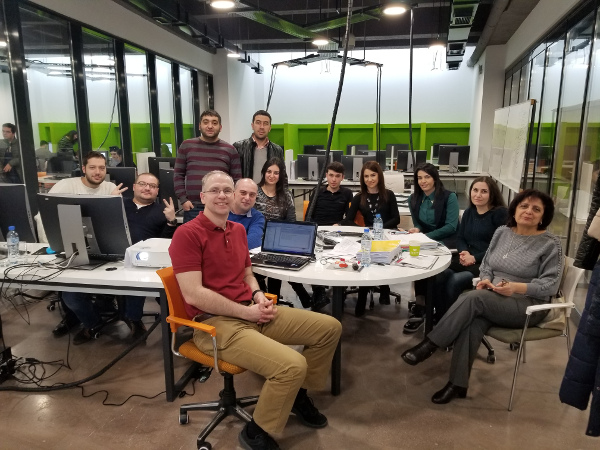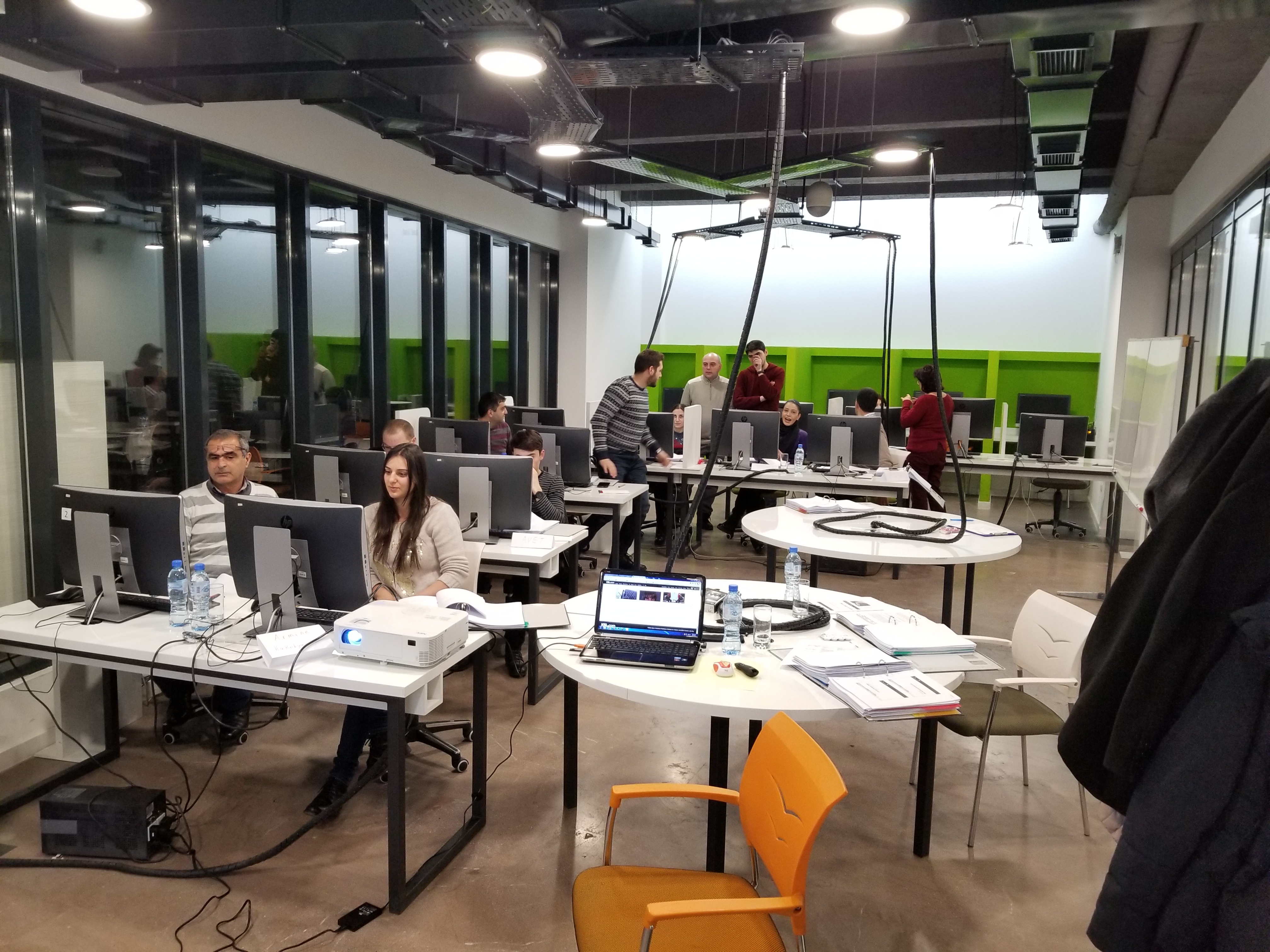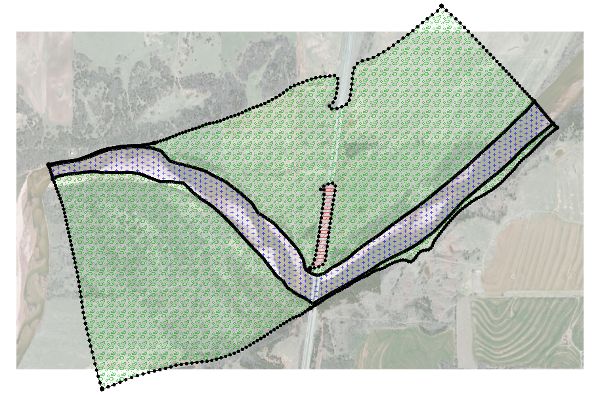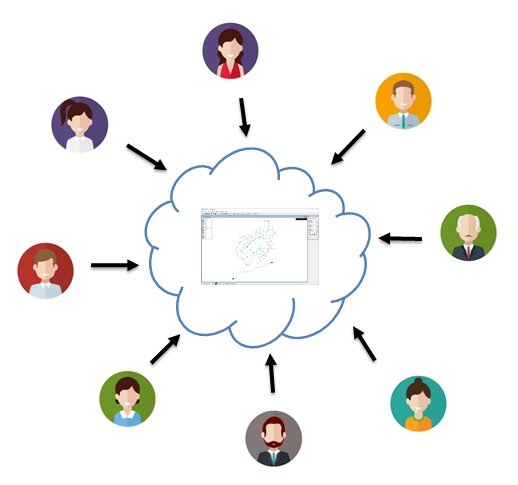Exporting a Delimited Text File
By aquaveo on February 28, 2018Sometimes, the best way to share your solution data is through a text file. Data in text files can be formatted in a variety of ways, but delimited text files are supported by the widest range of applications out there.
Creating a delimited text file out of your SMS project is a little different than simply exporting the project as a text file.
- Select the Save As command in the File menu.
- In the Save As dialog, change the File type to be Tabular Data File (*.txt). This tells SMS you want to create a delimited text file.
- Enter a name for your file and make certain it is being saved to the correct directory.
After clicking Save in the Save As dialog, the Export Tabular File dialog should appear. In this dialog, you can specify how you want SMS to organize your file. You can select how many columns you want to have in your file and how those columns are going to be separated using a space, tab, or comma.
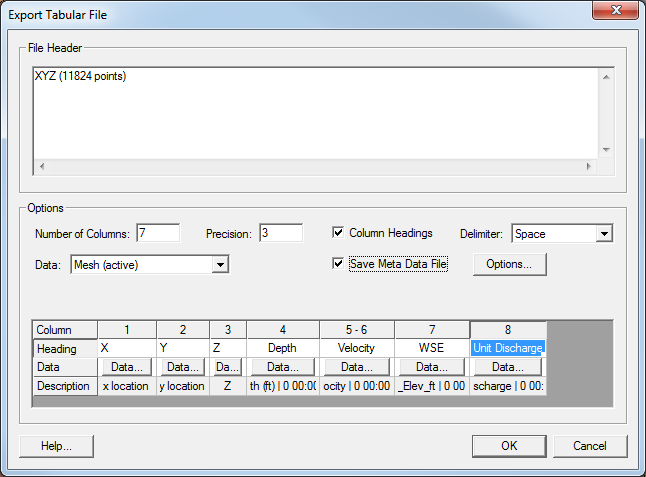
Importantly, you will need to select which data you want to have exported. You can select which mesh, grid, or scatter set you’d like to use, then define what will go in each column of the file.
The names of the column heads can be specified. If this option is used, the name of each column must entered in the column spreadsheet at the bottom of the dialog.
Clicking on the Data buttons in the column spreadsheet at the bottom of the dialog will bring up a dialog that lets you pick which datasets to include in each column. Normally, this will be your x, y, and z values. However, if you have more columns you can include other datasets. Both steady state and transient data can be exported.
You can also choose to have metadata saved with your file. This could include data such as the project projection or a polygon around the data boundaries.
Once done with organizing your file, click OK in the Export Tabular File dialog to save out your file. You can now send the text file to colleagues or use it in other projects with any software that can support a text file.
Try creating a delimited text file in the SMS today.
